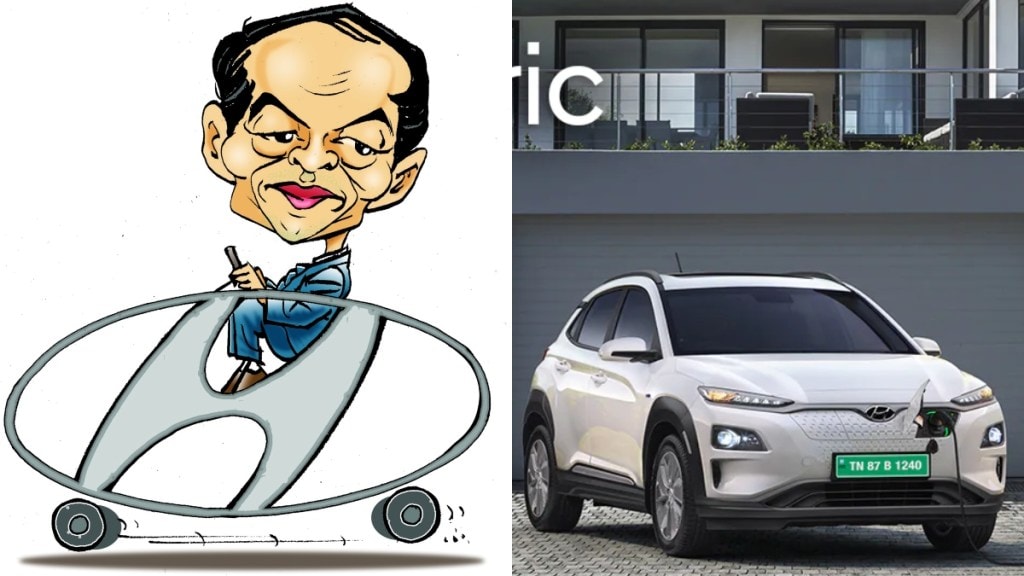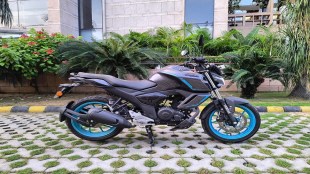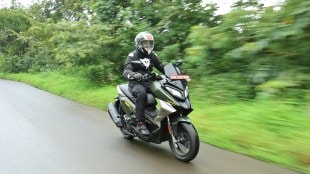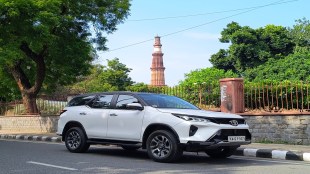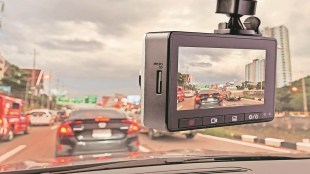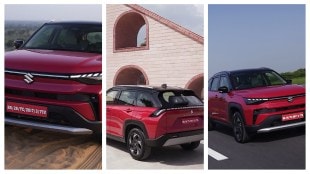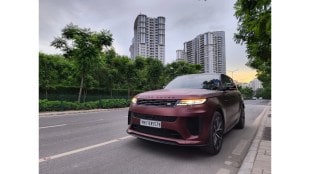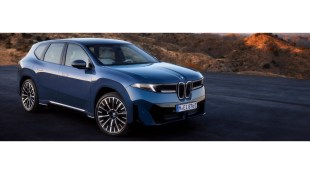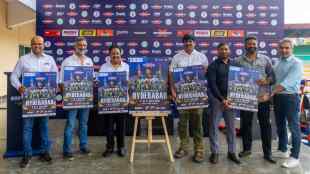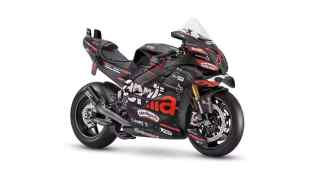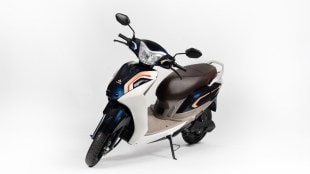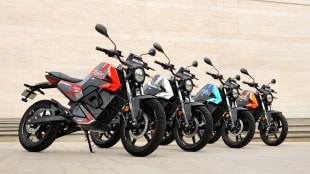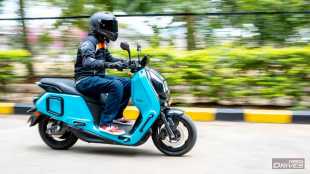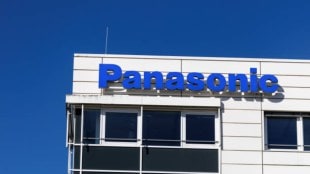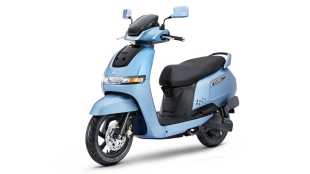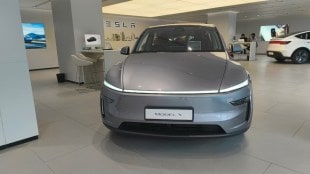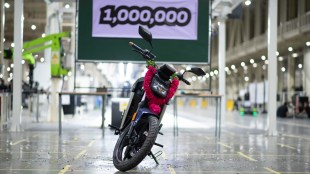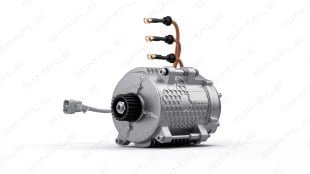Hyundai Motor India Ltd (HMIL)—which had launched the Kona electric vehicle (EV) in 2019, a CKD assembled in India—will have as many as six EVs by 2028. “These will be across body shapes—from crossovers to SUVs—and cater to multiple segments, including mass market and mass premium,” Seon Seob Kim, MD & CEO, HMIL, says. In an interview with FE’s Vikram Chaudhary, Kim—who will soon move to Seoul after leading HMIL for three years—adds that as far as local manufacturing of EVs is concerned, HMIL is trying to find the right partners who specialise in manufacturing battery cells. Excerpts:
Will all these six EVs be manufactured in India?
That’s the aim. We will find local partners who specialise in manufacturing battery cells, and are having discussions with local vendors on other EV parts, such as motor and inverter etc.
We will introduce our dedicated EV platform called the E-GMP (Electric Global Modular Platform) for manufacturing/assembling these EVs in India. We are investing about Rs 4,000 crore in R&D towards the expansion of the EV line-up.
By next year (2022) we should be able to launch our second EV, and the remaining over the years till 2028.
What kind of EV usage patterns have you learn from Kona customers?
We’ve seen that the Kona is usually a second car for customers, and most people charge at home instead of public chargers. The driving range of the Kona (over 400 km) is good enough for weeklong city commute. We are also working towards the development of EV charging solutions with a focus on home charging, public charging stations, charging facilities at dealer network, and a 24×7 roadside charging assistance (car to car).
What are some key sales trends you have observed in the post-lockdown buying?
A notable trend is that the sales percentage of top variants has been increasing. For example, in the i20, the sales share of top two trims in 2019 was 18% but this has increased to over 30%. In the Creta, the sales share of top two trims was 44%, but now it has gone up to 47%; in the Verna it has increased from 82% to 89%. This implies that customers want features such as sunroof, connectivity and a lot of technology on the dashboard. They also want their vehicle to stand out and that’s why they prefer unique external design touches.
Indian customers are spending more time in their cars. Earlier, if for vacations beyond 300-odd km they used to take a flight or train, now they are travelling even up to 500 km in their personal vehicles with family. So, they want safety, convenience and comfort, and that’s the reason for choosing top variants.
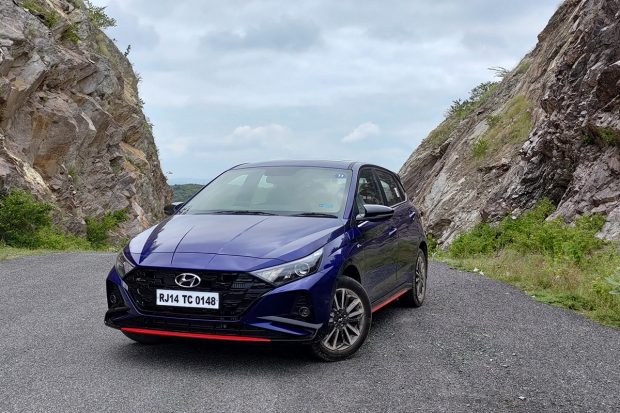
What was the reason behind launching the N Line brand in India earlier this year?
Indian car buyers are getting younger; they want powerful, exciting-to-drive cars, which can be personalised to their taste, but which are accessible as well. That’s the reason we launched the N Line in the i20 this year. These cars have turbocharged petrol engines, and their design helps them stand out on the roads. Gradually, we will launch other products in the N Line range as well.
Are customers seeing value in buying connected cars?
At Hyundai India, connected car technology is available across seven models and 34% of sales in those models are of ‘connected’ variants.
In the Alcazar, all variants have connectivity technology; in the Creta, more than 45% sales are of connected variants.
But when a person has a connected phone, why does she need a connected car?
Your phone is your personal space. Let the car do its own things, such as taking you from place A to B, showing you live traffic on the screen, opening sunroof on a voice command or navigating you to your favourite restaurant. One must also remember that using phone while driving—let’s say you’re using maps on phone—is not a safe practice.
Sales of sedans are falling over the years. Will you continue focusing on sedans, going forward?
We are doing reasonably well in the sedan segment; in the last two years, we introduced the Aura and the new Verna, of which we are selling about 4,000 units and 2,000 units, respectively, per month. The Elantra is a niche segment, but we will continue with that car as well.
Has the focus on diesel post-BS6 paid off?
There are many regions where diesel outsells petrol in cars that cost above Rs 10 lakh. For example, while about 55% of all-India Creta sales are of diesel variants, in Punjab it’s 68%, in Madhya Pradesh 67%, in Andhra Pradesh 66%, in Uttarakhand 65%, and in Uttar Pradesh it is 63%. The more expensive the car, the higher is the diesel model sales percentage. What has helped in the case of Hyundai is that we are able to offer the diesel option at a marginally higher price than the petrol. Yes, our focus on diesel has been paying off well.
In which all ways has the semiconductor shortage restricted production at HMIL?
All carmakers are facing this issue, and at Hyundai we’re trying to mitigate as much as possible and minimise the impact of semiconductor shortage on our production. We have been successful in managing the situation till now, and hope to do our best in the coming months as well.
(On Friday, December 17, HMIL said that SS Kim—who had joined on December 4, 2018—will take up a global role at Hyundai Motor Company headquarters in Seoul, and Unsoo Kim will take charge from him on January 1, 2022.)
